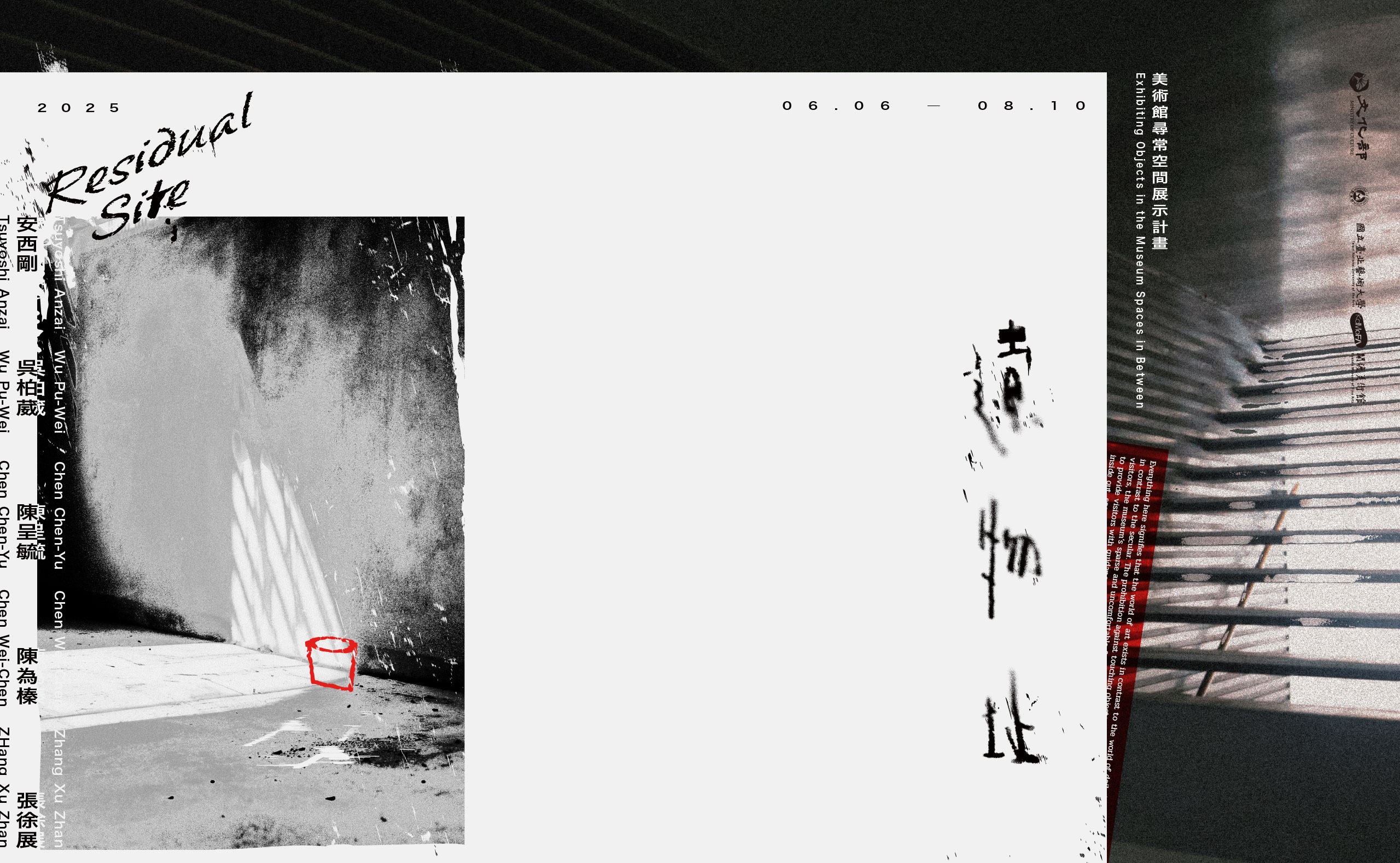“Everything here signifies that the world of art exists in contrast to the world of daily life, just as the sacred stands in contrast to the secular. The prohibition against touching objects, the religious-like solemn atmosphere imposed on visitors, the museum’s sparse and uncomfortable facilities that hint at a puritanical asceticism, the systematic refusal to provide visitors with guidance, the solemnity of its interior design and ceremonial execution…every element, from inside out, seems designed to remind people of the transition from the secular domain to the sacred realm.” — Pierre Bourdieu
The museum is the site where objects undergo their most radical transformations. Familiar items acquire different values and meanings depending on their spatial context. Likewise, the museum functions as a point of entry and exit for a multitude of heterogeneous objects. Within its limited regulations, artists employ various forms of installation to reassign significance to these objects. From early forms such as paintings, sculptures, and artifacts, to contemporary practices where the “materials” field on exhibition cards becomes an ever-expanding taxonomy—this experimental project aims to reconsider the appearance, form, and capacities of objects by examining their many diverse, yet interconnected, manifestations within the museum context.
The museum is often perceived as a sacred space, charged with ritualistic intensity. Visitors engage in non-ordinary behaviors—speaking in hushed tones, clasping their hands behind their backs, walking slowly, pausing before artworks, scanning objects and surfaces with focused gazes. This sacred aura is produced not only by the objects but also by the spatial framework itself. The museum space bestows a unique status upon both object and observer: objects gain meanings beyond their materiality (or even unrelated to it), while viewers take on the role of perceivers and interpreters within this charged environment.
Yet museums are also constructed between exhibition rooms, between the artworks themselves—interwoven with the ordinary spaces we pass through without much thought: the glass doors at the entrance, umbrella stands, floor mats, counters, lockers, corridors, staircases, handrails, storage rooms, fire equipment, and restrooms. These peripheral spaces simultaneously belong to the museum and exist outside of its conventional function. It is in these marginal zones—distinct from the sanctified gallery—that we can further reflect on the museum-object relationship.
This project invites several spatial installation artists to explore how objects interact with the museum spaces in between. The exhibition gallery is where imagination is materialized, where real and virtual objects are continually reinterpreted through acts of viewing. In contrast, spaces in between like entrances, counters, and passageways—those which return us to the reality of daily life—lack the transformative aura typically associated with art. Here, contemporary artists are invited to respond to the peripheral spaces of the Kuandu Museum of Fine Arts, site-specific reinstallation in fragmented or recontextualized ways. Through this, we examine the multi-layered relationships between artists, objects, and spaces.
By reinterpreting the often-overlooked spaces left behind by the museum’s official gaze, objects may either lose their former meanings or be assigned new ones. This process raises questions about the multiplicity and complexity of relationships between artworks and objects, objects and space, humans and material things. “There is no thing that is not ‘that,’ there is no thing that is not ‘this.’” This project seeks to explore the diverse potential meanings generated through the interaction between space and object, and how objects construct multiple, co-existing realities within the museum environment.
